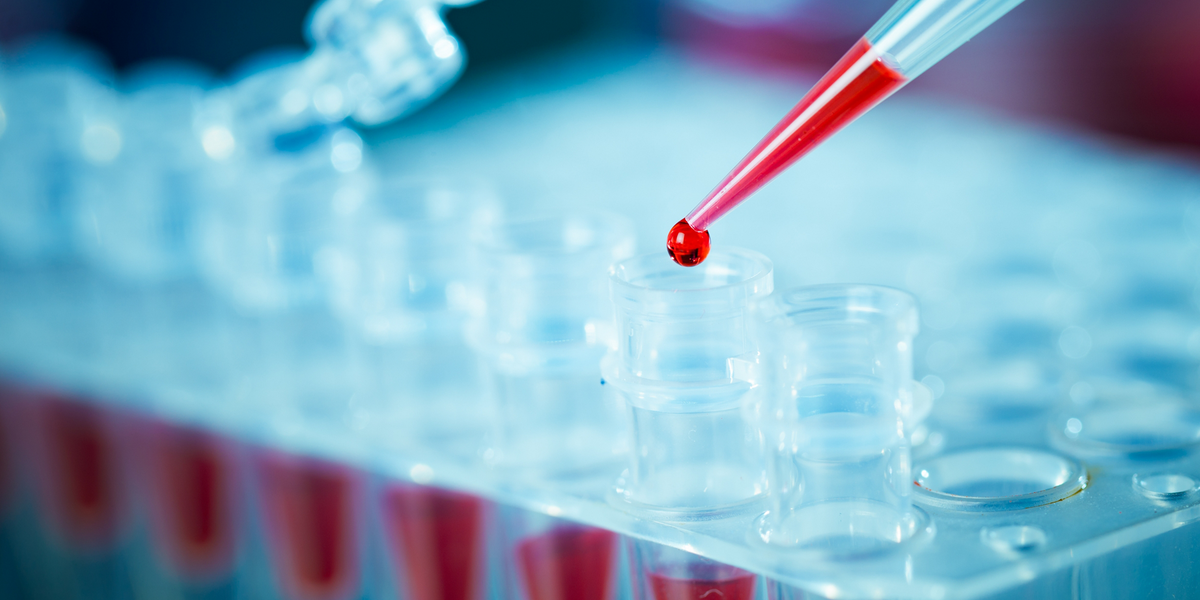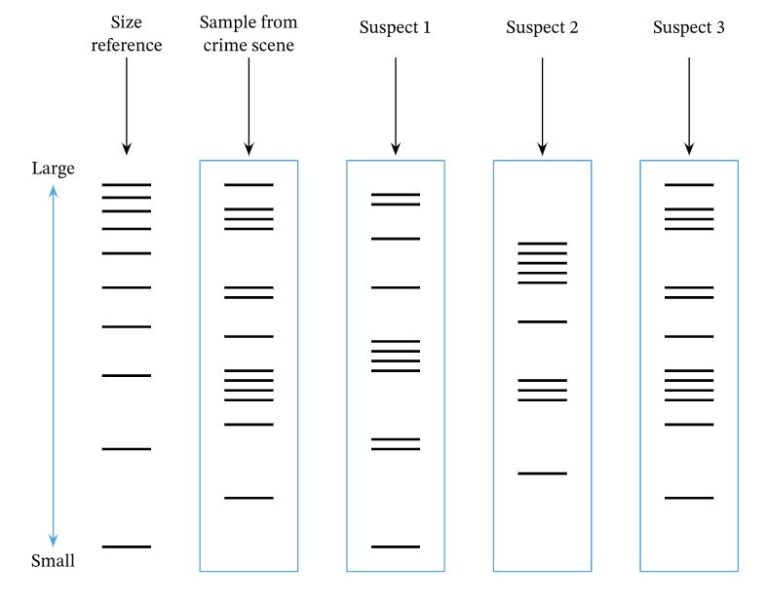-
ceo.bfi@gmail.com
Send Email
-
2C, C-6/A Block, Janakpuri, Delhi India 110058
Visit Our Office
99902-92279
Confidentiality Guaranteed
99902-92279
Confidentiality Guaranteed

Jul
DNA FINGERPRINTING IN RAPE CASE INVESTIGATION

Role of DNA Fingerprinting in Rape case Investigation
In Forensics, the DNA analysis resolves so many cases related to rape cases, murder cases, paternity, and maternity disputes. The crime against female increasing day by day especially rape, assault, molestation, unnatural offences. In such cases DNA fingerprinting technique come out to be most effective tool in identification of the culprit from biological evidence. The DNA report in such cases proves to be most effective evidence in the court of law. DNA from semen, blood and saliva is extracted and matched with the relevant specimen or suspected DNA samples.
DNA Isolation
In Forensic Science Laboratory, there are different methods for DNA extraction. The method may vary as per the biological sample. Generally, two methods of DNA extraction were used i.e., Organic extraction and Automated extraction of DNA.
Organic Extraction of DNA
The exhibit for DNA extraction is taken and a small portion is cut off. That small portion is further cut into fine pieces and then transferred into Eppendorf tube.
· To the Eppendorf tube, 20% SDS, Proteinase K (to break the cell membrane and separate the protein) and Forensic/lysis buffer are added. Incubate for 24 hours.
· Then next day, the elute is transferred to new tube and chilled Phenol is added, vortex the mixture.
· To isolate the clustered cell debris from the DNA, centrifuge the tubes.
· After centrifugation, the supernatant is extracted and transferred onto a new tube. Phenol and Chloroform Iso-amyl is added to the tube, then vortex and centrifuge. Then the supernatant is transferred again to new tube and Chloroform Iso-amyl alcohol is added. Vortex and centrifuge. Transfer the extract to new tube.
· Sodium acetate and chilled Isopropanol is added and mixed, then incubate. Remove the supernatant and keep the pellet.
· To the pellet 70% chilled ethanol and then 100% ethanol is added for washing.
· The extracted DNA then dissolved in TE buffer, pH 8.0 and then preserved at 4℃.PCR (Polymerase Chain Reaction)
PCR is an enzymatic interaction wherein a particular area of DNA is replicated again and again to yield numerous copies of a specific succession. This “Xeroxing” process includes warming and cooling samples in an exact thermal cycling design more than 30 cycles. During each cycle, a duplicate of the target DNA sequence is created for each molecule containing the target sequences.
Real Time PCR
The extracted DNA is then subjected to the RT-PCR. It is most sensitive method for mRNA detection and quantitation. The RT-PCR test gives us the 3 variables i.e., larger DNA, smaller DNA, Y-DNA, and it also gives us the degradation quotient.
Short Tandem Repeats (STRs)
STR loci comprise of short, repetitive sequences elements base pairs of 3-7 long. These repeats are very much disseminated all through the human genome and are rich wellspring of exceptionally polymorphic markers, which might be detected utilizing the polymerase chain reaction. Alleles of STR loci are separated by the quantity of copies of the repeat sequence contained inside the amplified region and are recognized from each other utilizing fluorescence detection following electrophoretic separation.Procedure for DNA amplification using Promega PowerPlex 21 System
- The PCR amplification mix contains Master mix, Primer mix, Template DNA, and water Amplification Grade.
- All the above components were mixed except Template DNA and added into each reaction well. Then Template DNA is added to it
- Positive amplification control was prepared, then a portion of DNA was diluted to the desired template DNA volume. Diluted DNA was then added to a reaction well containing PCR amplification mix.
- The plate is then sealed and centrifuged for a few seconds.
- Thermal Cycling- The machine was then set up for Powerplex 21, and the ramping rate was set to 100%.
Separation/Detection
The essential technique utilized for separation/detection of Short Tandem Repeats (STR) is Capillary Electrophoresis (CE). The bigger DNA entity move more gradually through the capillary than the more modest, more light DNA pieces, which permits the particles to be isolated dependent of their size. The DNA particles pass a viscous polymer solution act as the sieving medium.
The smaller DNA particles show up at the detection point initially followed by the bigger DNA arranged by their migration speed, which associates with length or the quantity of base pairs. Information from CE are plotted as a function of relative fluorescence intensity observed from fluorescence emission of dye passing the indicator. Now the obtained DNA profile were compared for matching among the DNA profiles of victim and suspects. Then the results were mentioned in the report.

Conclusion
it has been observed that DNA is one of the important tools to identify whether or not an accused has committed a particular crime. This importance and reliability of DNA is due to its unique character. In rape cases, DNA can be traced from the accused’s saliva, semen and blood found on the victim’s clothing, body and also from objects at the crime scene. The investigating authority must take utmost care to ensure that these extracts are traced and sent to the testing laboratories within the prescribed time set for each extract in order to obtain proper results.
Lakhan Rana : )
Call To Action

Are you interested in learning more about forensic expert or seeking professional forensic-expert services? Contact us today to inquire about our expertise.
📞 Contact Us: 9990292279
🌐 Visit Our Website: https://forensicexpertinvestigation.com/
✉️ Email: ceo.bfi@gmail.com




